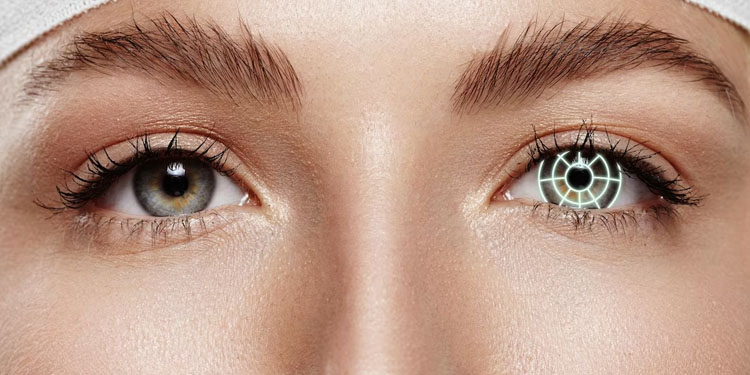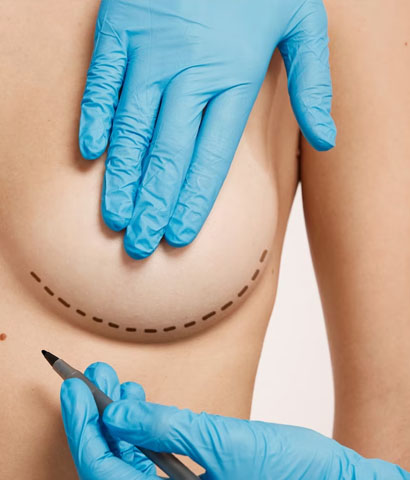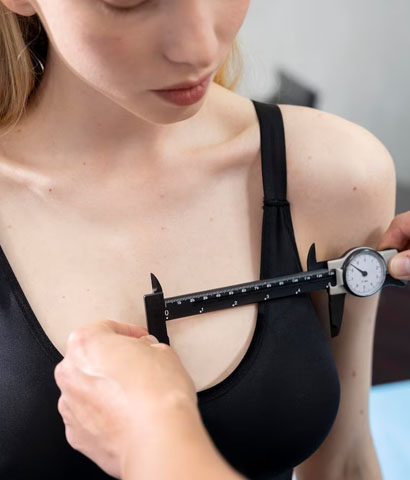
Have you ever looked in the mirror and noticed that your eyelids seem to be drooping more than usual, or that your eyes look tired and puffy? It’s not uncommon to feel like the skin around your eyes is aging faster than the rest of your face, but luckily there’s a solution: eyelid surgery, also known as blepharoplasty. In this article, we’ll go over everything you need to know about eyelid surgery, including what it is, how it’s performed, and what to expect during the recovery process.
What is Eyelid Surgery?
Eyelid surgery is a cosmetic procedure that involves removing excess skin and fat from the upper and/or lower eyelids. It can also address other issues such as bags under the eyes, drooping eyelids, and wrinkles around the eyes. The procedure is typically performed on an outpatient basis under local anesthesia, and recovery time can vary from a few days to a few weeks depending on the extent of the surgery.
Types of Eyelid Surgery
There are two main types of eyelid surgery: upper eyelid surgery and lower eyelid surgery. Upper eyelid surgery involves removing excess skin and fat from the upper eyelids, while lower eyelid surgery targets bags under the eyes and excess skin and fat on the lower eyelids. Some patients may benefit from a combination of both upper and lower eyelid surgery to achieve the desired results.
The Procedure
Before the surgery, your surgeon will mark the areas to be treated and give you a local anesthetic to numb the area. The procedure typically takes one to three hours, depending on the extent of the surgery. During the surgery, the surgeon will make incisions in the natural creases of the eyelids, remove excess skin and fat, and close the incisions with sutures.
Recovery
After the surgery, you’ll need to take some time off work and avoid strenuous activities for a few weeks. You’ll also need to avoid wearing contact lenses or eye makeup for a few weeks, and your surgeon may prescribe medication to manage any discomfort or swelling. It’s important to follow your surgeon’s post-operative instructions carefully to ensure a smooth recovery and optimal results.
Risks and Complications
Like any surgical procedure, eyelid surgery carries some risks and potential complications. These may include infection, bleeding, scarring, dry eyes, and changes in vision. However, serious complications are rare, and most patients experience a smooth recovery with no long-term issues.
Eyelid Surgery Frequently Asked Questions
Eyelid surgery, or blepharoplasty, is a cosmetic procedure that involves removing excess skin, fat, and muscle from the eyelids. The surgeon makes incisions in the natural creases of the eyelids, then removes or repositions tissue as needed to create a more youthful, refreshed appearance.
Good candidates for eyelid surgery are generally in good health, have realistic expectations for the results, and are bothered by sagging or puffy eyelids that make them look tired or older than they feel. The procedure is typically performed on patients over the age of 35, but younger patients with hereditary bags or droopy eyelids may also be good candidates.
Eyelid surgery typically takes 1-2 hours, depending on the extent of the surgery and whether both upper and lower eyelids are being addressed.
The recovery process from eyelid surgery can vary depending on the patient, but most patients experience swelling, bruising, and discomfort around the eyes for the first few days after the surgery. Patients will need to rest and avoid strenuous activities for at least a week, and may need to use ice packs and pain medication to manage their discomfort.
Like any surgical procedure, eyelid surgery carries some risks and potential complications, such as bleeding, infection, dry eyes, and scarring. However, serious complications are rare, and most patients recover without any major issues.
Patients will typically see some improvement in the appearance of their eyelids immediately after the surgery, but it can take several weeks or even months for the final results to become fully visible.
The incisions made during eyelid surgery are typically made in the natural creases of the eyelids, which helps to minimize visible scarring. However, some patients may develop visible scars that take longer to heal.




